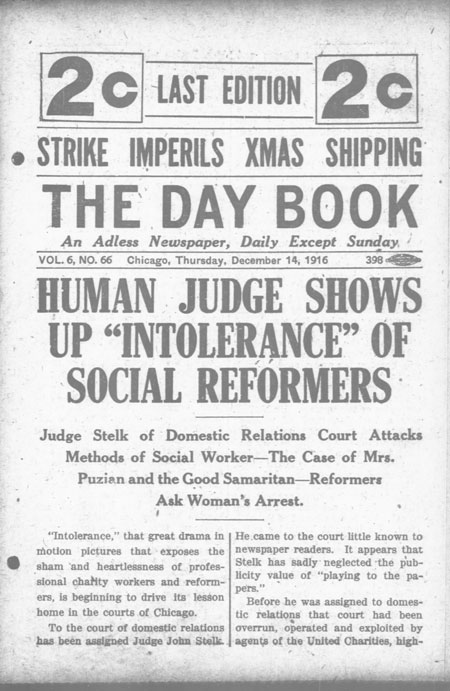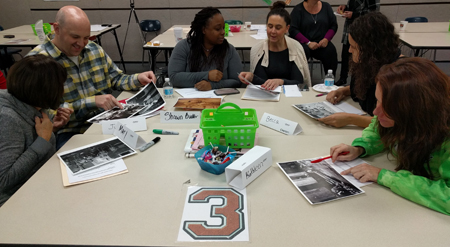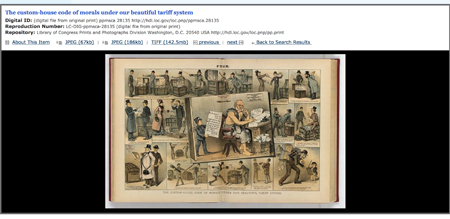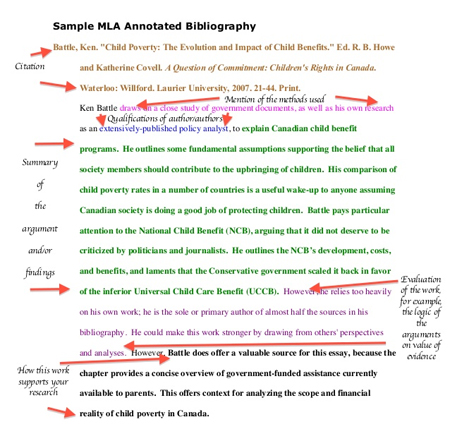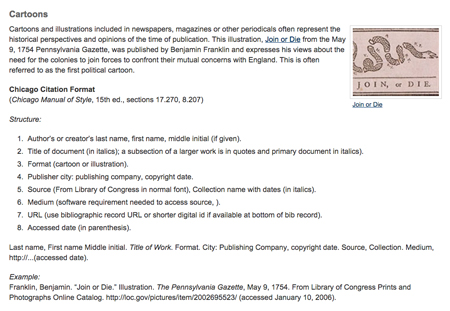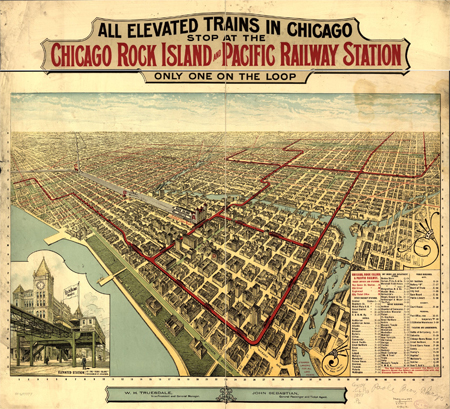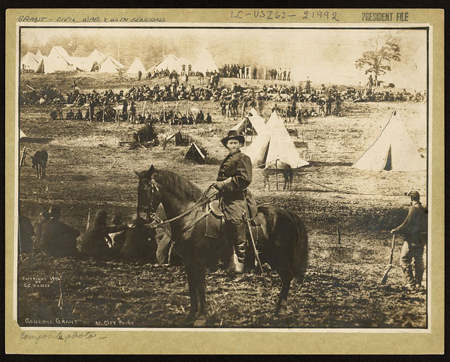Using Sources: Chronicling America Newspaper Pages
Historic newspapers contain a wealth of information about the past, providing a snapshot of social and cultural values of a certain place and time. You will find news stories, feature articles, editorials, cartoons, advertisements, stories, poems, art and more. All of these can be useful to help contextualize events and people from history. According to the Center for History…

